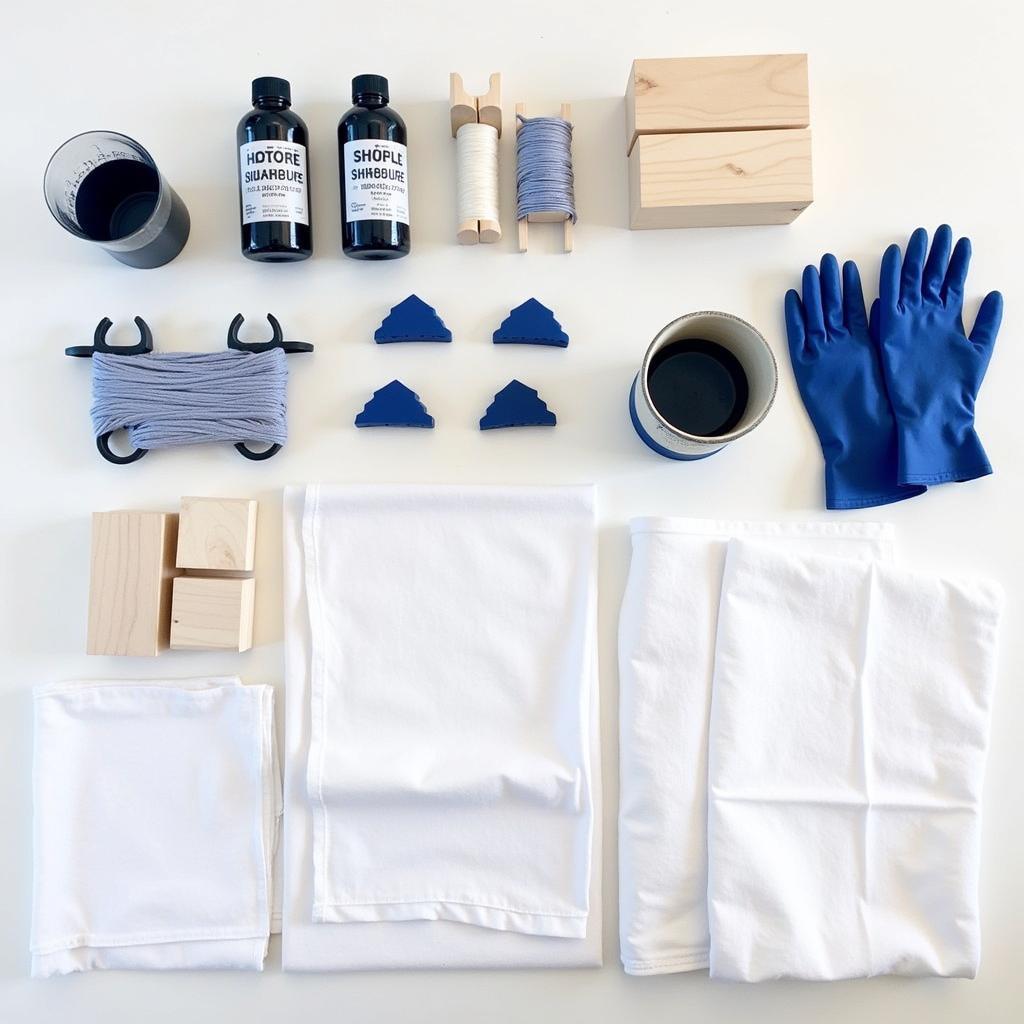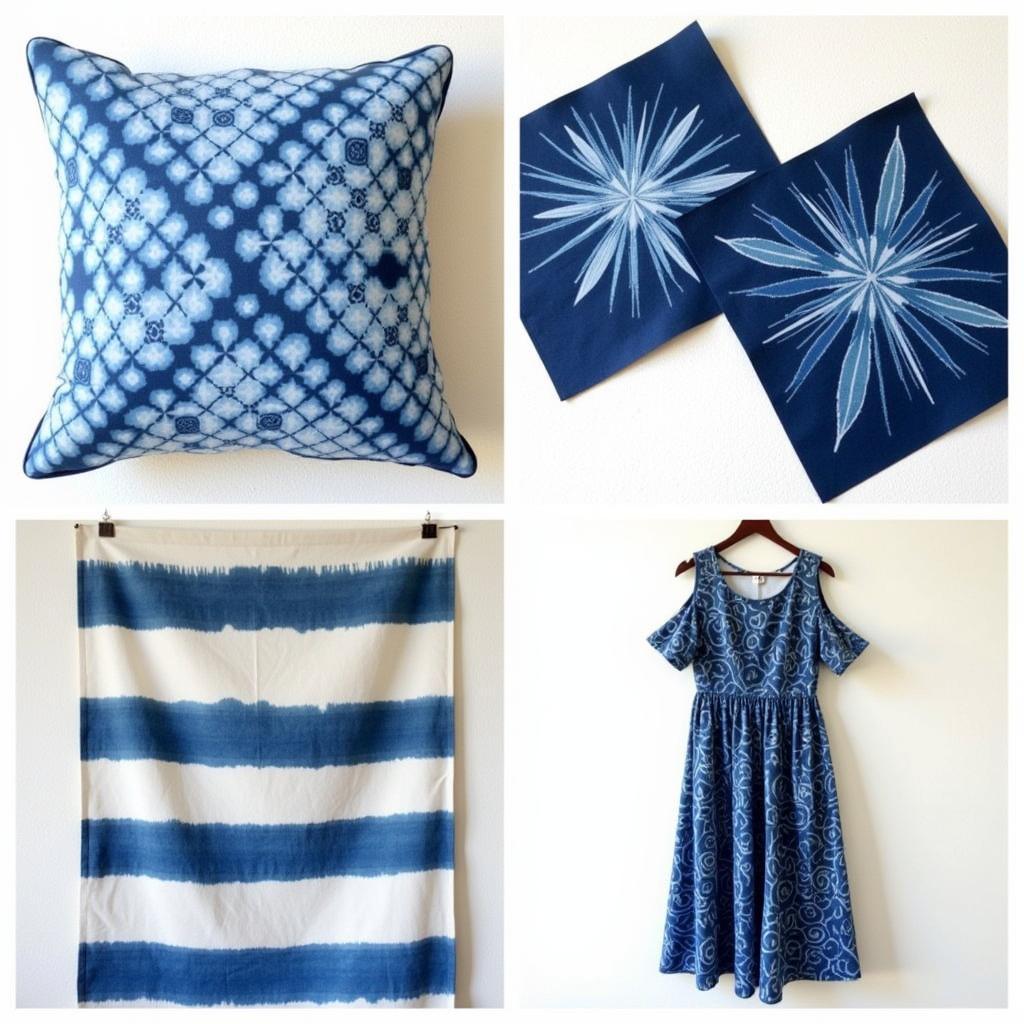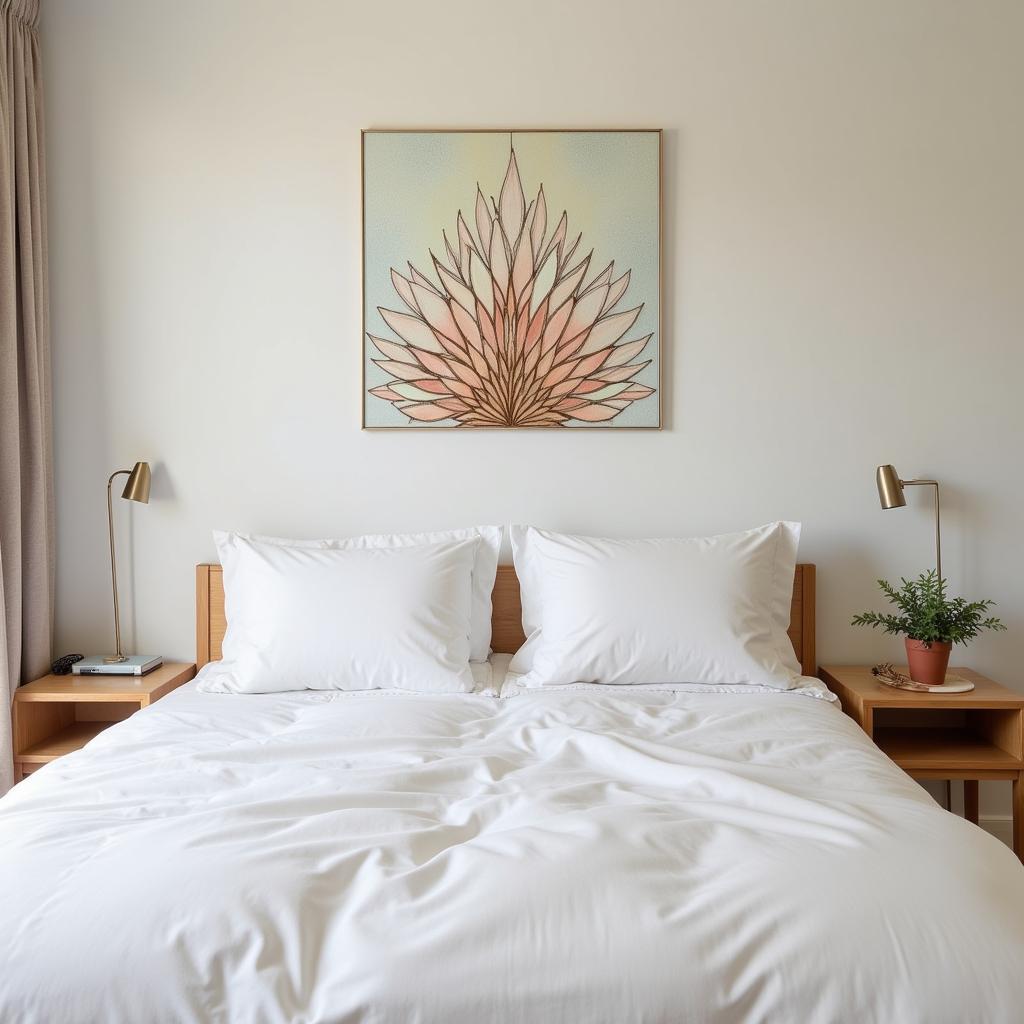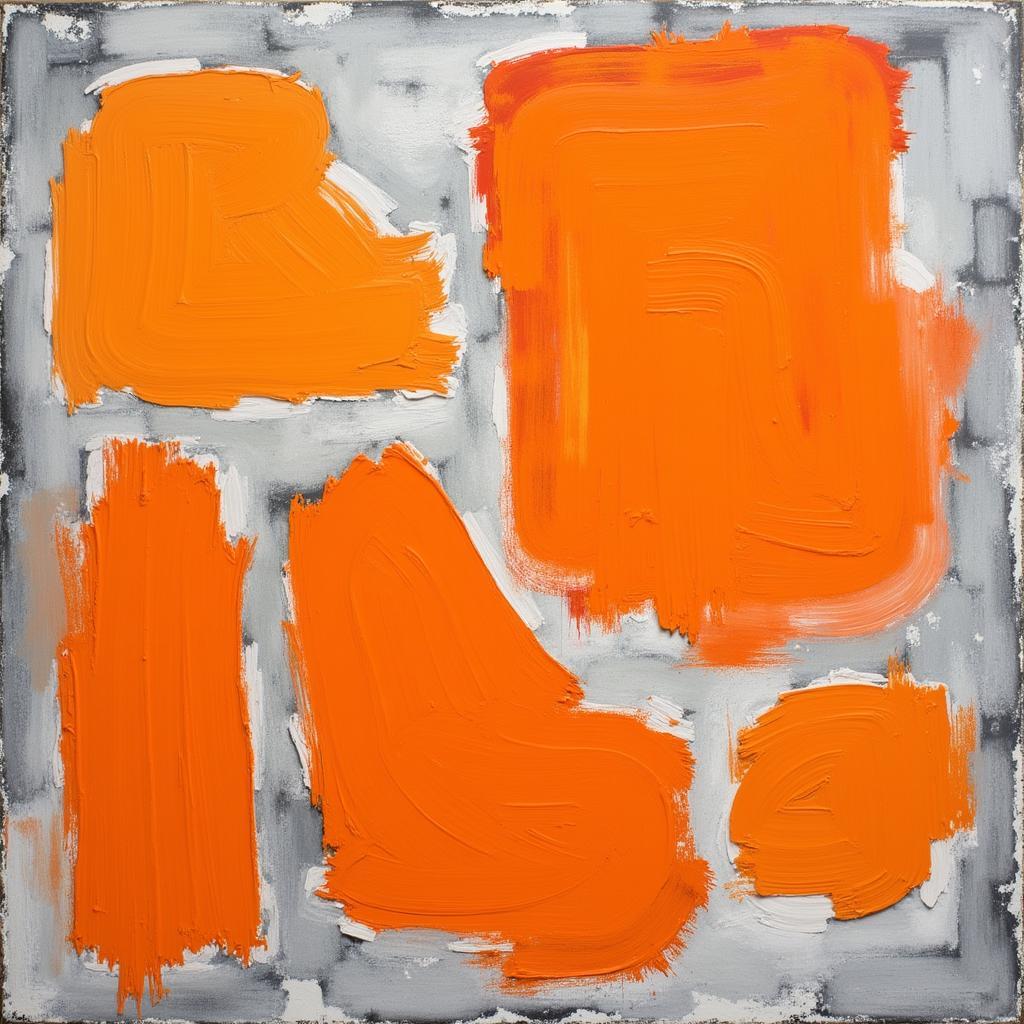Unveiling the Magic of Shibori: A Comprehensive Guide
Shibori, the ancient Japanese art of resist-dyeing, has captivated artists and textile enthusiasts for centuries. From its intricate patterns to its rich history, shibori offers a unique blend of tradition and innovation. This comprehensive guide will delve into the captivating world of shibori, exploring its various techniques, historical significance, and contemporary applications. Check out our selection of arts and crafts fabrics for your shibori projects.
Exploring the History of Shibori
Shibori’s origins trace back to 8th-century Japan, where early examples of this intricate dyeing technique were discovered. Initially practiced with simple materials like indigo and natural fibers, shibori quickly evolved, becoming a symbol of status and artistry. Over time, various regional styles emerged, each with its distinct patterns and techniques, reflecting the diverse cultural landscape of Japan. From the bold geometric designs of kumo shibori (spider web shibori) to the delicate, organic patterns of itajime shibori (shape-resist shibori), each method tells a unique story.
What makes shibori so fascinating is its versatility. While deeply rooted in tradition, it has also seamlessly adapted to modern trends, influencing contemporary fashion, interior design, and even fine art. The timeless beauty of shibori continues to inspire artists and designers worldwide, bridging the gap between ancient craft and contemporary expression.
Different Shibori Techniques: A Beginner’s Guide
Shibori encompasses a variety of techniques, each producing distinct patterns and textures. Some of the most popular methods include:
- Kanoko Shibori: This technique involves binding small sections of fabric with thread, creating a delicate, dotted pattern resembling deer spots, which is where it gets its name (kanoko means “fawn” in Japanese).
- Arashi Shibori: Fabric is wrapped around a pole and then compressed and bound, resulting in diagonal, stripe-like patterns. This method creates a unique, textured surface that adds depth to the dyed fabric.
- Miura Shibori: This intricate technique involves looping and knotting the fabric to create complex, swirling patterns. It’s a labor-intensive process but yields stunning, one-of-a-kind designs.
- Kumo Shibori: As mentioned earlier, this method produces a spider web-like pattern through strategic binding and folding. It offers a beautiful, geometric contrast to the more organic patterns of other shibori techniques.
Learning these basic techniques opens up a world of creative possibilities. Each method offers a unique way to manipulate fabric and create stunning patterns, allowing for endless experimentation and personalization.
Shibori in the Modern World: Beyond Traditional Textiles
While shibori has its roots in traditional Japanese textiles, its influence extends far beyond kimonos and yukatas. Today, shibori patterns are seen everywhere, from high-fashion runways to home decor. Designers are incorporating shibori into everything from clothing and accessories to furniture and wall art.
The resurgence of interest in handmade and artisanal goods has further propelled shibori into the spotlight. Its unique, handcrafted nature adds a touch of authenticity and individuality to any piece. More and more people are discovering the joy of creating their own shibori designs, embracing the meditative process and the satisfaction of transforming ordinary fabric into works of art. You might even find some inspiration in our wrap arts section.
How to Get Started with Shibori: Essential Tools and Materials
Ready to embark on your shibori journey? Here’s what you’ll need to get started:
- Natural Fiber Fabric: Cotton, linen, silk, and hemp are all excellent choices.
- Indigo Dye: The classic shibori dye, but synthetic dyes can also be used.
- Binding Materials: Thread, rubber bands, clamps, and even wooden blocks can be used to create resist patterns.
- Gloves: Protect your hands from the dye.
- Buckets and Containers: For dyeing and rinsing.
Gathering these essential supplies will equip you to begin experimenting with various shibori techniques. It’s advisable to start with simple projects and gradually progress to more complex designs as you gain confidence.
 Essential Tools and Materials for Shibori Dyeing
Essential Tools and Materials for Shibori Dyeing
Mastering the Art of Shibori: Tips and Tricks
- Practice makes perfect: Don’t be discouraged if your first attempts aren’t flawless. Shibori is a process of experimentation and discovery.
- Start small: Begin with simple projects like scarves or napkins before tackling larger items.
- Plan your design: Sketching out your desired pattern beforehand can be helpful.
- Experiment with different resists: Try various binding materials to see how they affect the final result.
Maria Sanchez, a renowned textile artist, shares her perspective, “The beauty of shibori lies in its imperfections. Each piece is unique, reflecting the hand of the artist and the unpredictable nature of the dyeing process.”
Conclusion: Embracing the Beauty of Shibori
Shibori, the captivating art of resist-dyeing, offers a unique blend of tradition and innovation. From its intricate patterns to its rich history, shibori provides a pathway to explore your creativity and connect with a centuries-old craft. Whether you’re a seasoned artist or a curious beginner, shibori invites you to discover the magic within its folds and embrace the beauty of imperfection. Explore further into the world of textiles with our curated selection of textile art books.
 Examples of Finished Shibori Projects
Examples of Finished Shibori Projects
FAQ
- What type of fabric is best for shibori? Natural fibers like cotton, linen, silk, and hemp work best.
- Can I use other dyes besides indigo? Yes, synthetic dyes can also be used.
- Is shibori difficult to learn? While some techniques are more complex than others, it’s a craft accessible to all skill levels.
- Where can I find shibori supplies? Art supply stores and online retailers carry shibori materials.
- What is the difference between shibori and tie-dye? While related, shibori involves more intricate folding and binding techniques than tie-dye.
- How do I care for shibori items? Hand-washing is recommended to preserve the colors and patterns.
- Can I create my own shibori patterns? Absolutely! Experimentation and creativity are encouraged.
Common Shibori Scenarios
- Fading: Some fading is normal with natural dyes. Avoid harsh sunlight and wash gently.
- Uneven Dyeing: This can add to the unique character of shibori. Embrace the imperfections!
- Resist Slippage: Ensure tight binding to prevent the dye from seeping into unwanted areas.
Related Questions and Articles
- Explore blue and white art for more inspiration.
- How to create a shibori-inspired home décor?
- What are the best fabrics for natural dyeing?
Contact Us
For assistance, please contact us by phone: 02462573573, email: danteum@gmail.com, or visit our address: Savico Megamall, 7-9 Đ. Nguyễn Văn Linh, Gia Thụy, Long Biên, Hà Nội 10000, Việt Nam. We have a 24/7 customer support team available.

